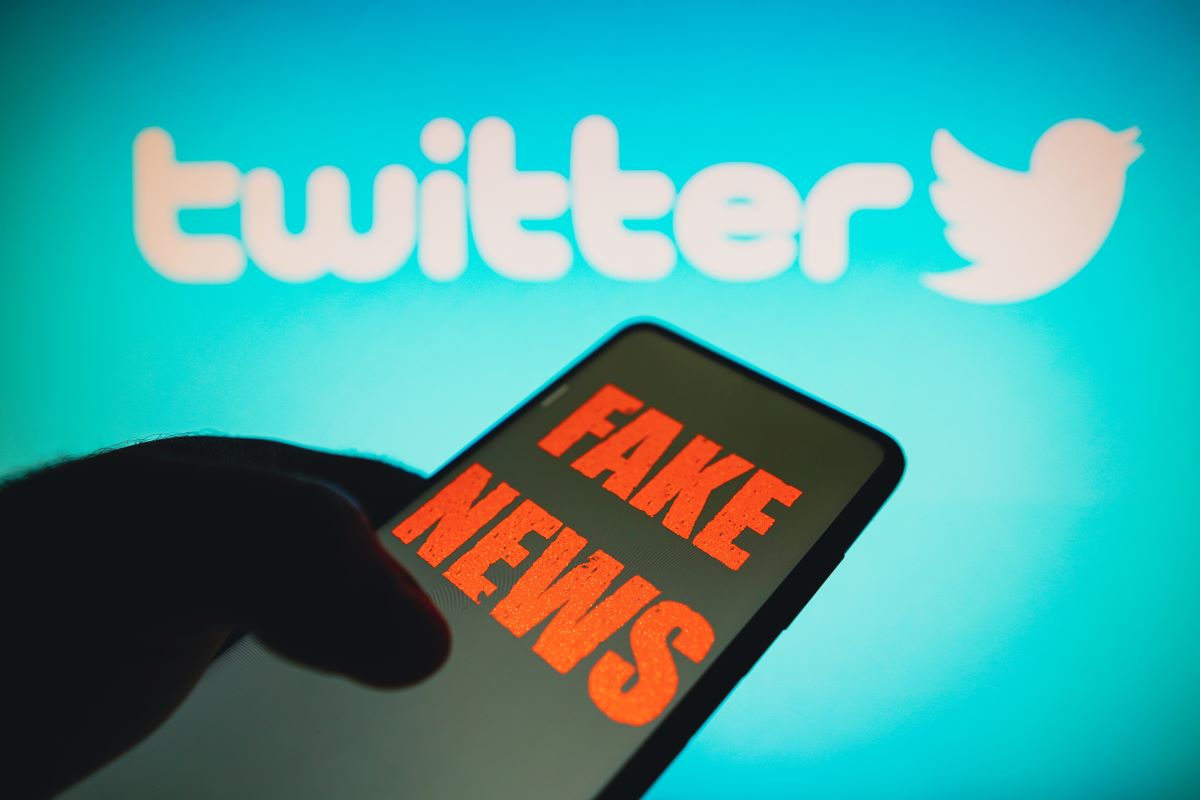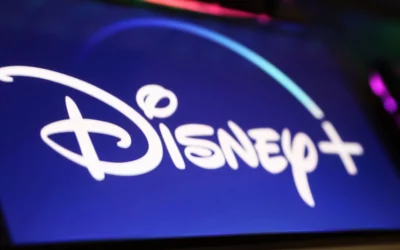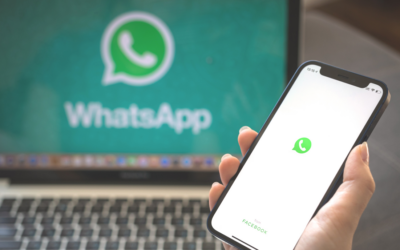Beware of easy sharing – the truth is ever more a chimera
What may seem like a trivial change in the way social network accounts are managed can actually have very serious consequences in real life.
Confirmation of how true this is has been provided by the earthquake triggered by Elon Musk’s decision to sell Twitter’s blue tick to anyone who wants to buy it. The symbol, which used to be the prerogative of the media and public figures and, therefore, seen as marking an authoritative or at least authentic source, has now become accessible to anyone, not least because it costs only €8 per month, an amount that all can afford.
This is a change that, according to many, exacerbates the already high risk of social networks spreading fake news. A fear that materialised a few days ago when the news began to circulate on Twitter (which then turned out to be false) of an explosion at the Pentagon, accompanied by a photo that portrayed a gigantic cloud of smoke in the immediate vicinity of the US Department of Defense.
Police in Arlington, the county in Virginia that is home to the Pentagon, immediately reassured citizens, also through Twitter, that it was fake news. But the sharing wheels had quickly been set in motion and the news had begun to circulate amongst users, spreading panic and reaching as far as Wall Street. This caused the S&P 500 index to plummet, losing 30 points in a matter of minutes. A “flash crash” that cost hundreds of billions in total market capitalisation.
The source that launched the news was, in fact, a blue-ticked account called “Bloomberg Feed”, thus easily confused with the Bloomberg news organisation, with which it turned out to have no connection whatsoever. A trick – that of slightly altering the name of an authoritative source – that is very common in the dissemination of false information.
Important research on this topic was carried out by NewsGuard which analysed the Twitter activity between 1 and 7 March 2023 of 25 accounts, disinformation super-spreaders, who were “verified” through Twitter Blue.
Each of the 25 accounts analysed in a recently published report, reached at least 50,000 followers and was affiliated with a site that the same NewsGuard believed to have published false information, or was found to be an account that had already been identified for disseminating at least one false news item included in the “Misinformation Fingerprints” database owned by NewsGuard, which includes detailed debunking of major hoaxes. According to this site, the 25 accounts detected published a total of 141 tweets (original or “quote tweets”, i.e. commented retweets) containing false, misleading or unsubstantiated statements.
These tweets were viewed nearly 27 million times and received more than 760,000 likes, retweets and “tweet shares” during the period considered.
Of these 25 accounts, 10 have been reinstated since Musk became owner of the platform, after having been suspended during Twitter’s previous ownership.
Some influential organisations or media, including the New York Times, have expressed their opposition to this new development announced by Elon Musk and have stated that they will not subscribe to Twitter Blue.
One case that made quite a stir, apart from the fake Pentagon explosion, was that of a user who wrote on Twitter, pretending to be the pharmaceutical company Eli Lilly and Co., declaring that insulin would finally be distributed free of charge. A post that caused the company’s shares to plummet 4.37%, erasing, as Forbes reported, more than $15 billion from the company’s market capitalisation.
In conclusion, it can be said that Twitter, which used to be one of the most institutional and political of the social networks, has certainly lost its authority since Musk’s arrival, aligning itself with many other news-spreading sources that are currently, by all accounts, subject to instrumentalisation and therefore unreliable.
Figuring out where the truth lies is becoming increasingly complicated, not least because, with new technological tools and artificial intelligence applications, even tampering with photos and videos has become child’s play.
There is no clear and definite solution at this time.
The only way to practise responsible digital behaviour is to refrain from sharing suspicious news stories and, moreover, to avoid doing anything online too quickly and without thinking carefully.
The right training and ongoing practice are the only tools that can help us gain some clarity in an increasingly confusing world,in which the virtual and the real are increasingly intertwined and where everything that was once considered an authoritative and safe reference point may now be concealing unexpected surprises.




